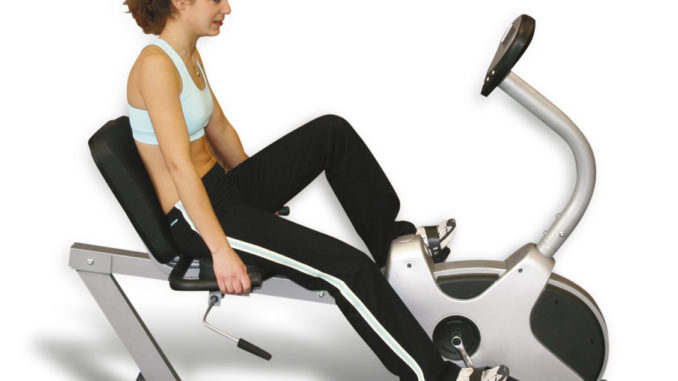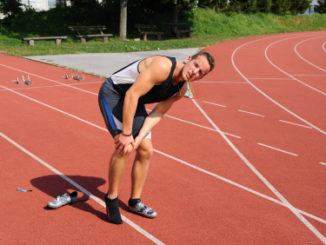
Warming up before exercise prepares the body for the work out session ahead by loosening up the body muscles and getting them ready for more extensive exercises.
According to the experts, it is necessary to sweat a little when warming up before exercise. However, at the same time, it should not be so tiring that you are left completely exhausted.
The two stages of warming up
It is a common belief that just a little bit of bending and stretching is what warming up before exercise is all about. Nevertheless, although these are part of the warming up procedure, there is more to it.
Experts are of the opinion that there are two primary stages of warming up. The first stage is using those muscles in aerobic activities, which would be required for working out and then move on to some stretching exercises, lending further flexibility to the muscles.
Five to ten minutes of light activities such as stationary cycling or walking prior to stretching exercises can help make stretching more beneficial and easier.
The health benefits from warming up before exercise
Warming up before exercise contributes to a number of health benefits which in turn facilitate the work out sessions. Although primarily a warm up increases the heart rate through which the body gets geared up for physical exertion, it also enhances the reflexes by speeding up nerve impulses.
The increased heart rate sends oxygenated blood to the muscle groups, enhancing muscle activity and reducing stiffness. The increased blood flow also helps in higher metabolism rates and promotes better flexibility and joint mobility. Apart from all these physical benefits, a warm up session prepares you mentally for the exhausting work out session ahead and allows your mind to focus on it completely.
One of the other benefits of warming up before exercise includes minimizing the risk of injury during the work out sessions. Muscle cramps, cold joints and muscle sprains are some of the very common injuries taking place during extensive physical exercises, which can be reduced through warm up sessions.
These warming up activities may vary depending on the type of exercise you are going to undertake.
For example, start with a brisk walk for warming up for a running practice session or begin cycling at a leisurely and slow pace before increasing your speed gradually for cycling practice.
Similarly, begin your warm up sessions for a swimming practice with slow and easy arm circles.
Stretching is part of the warming up process
Warm up session should always be followed by stretching exercises and each of these exercises should last for a duration of 10 to 30 seconds.
It is also important to know that the breathing needs to be kept normal while performing stretching exercises and the limbs can be stretched only to the point of slight discomfort and not any further than that. The help of a professional physiotherapist can always be helpful for such sessions.
Warming up and cooling down sessions are thus considered to be an integral part of the actual work out sessions, which significantly improve the performance level of the athlete and speed up the recovery process that might be required for the exercise session or the main competition.



Be the first to comment